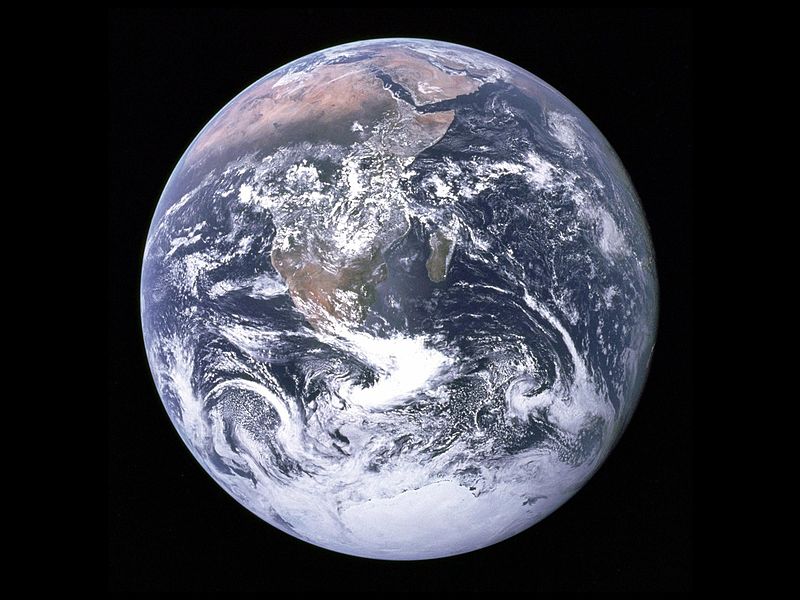JANUARY 10, 2025 – Lately, each morning while I consume my porridge,[1] I pore over a coffee-table-size book bearing the expansive title, History of the World Map by Map. It’s as much an historical atlas as it is a sweeping narrative of epochs and empires, movements and migrations that have shaped the world of homo sapiens, including the (unofficial) subspecies of homo sapiens minus sapiens, as my rusty but in the present context perfectly serviceable Latin would describe us who are “not so wise” about one thing or another at one time or another. But wait: That would include pretty much all of us.
In any event, to jump start my day, I prefer this book over news headlines. Given the omnipresent ubiquity of “breaking news,” I’ll have ample time and space to be unnerved and disturbed throughout the rest of the day. The book’s contents serve neither as antidote nor elixir—the latter, at least, is to be found in my bowl of embellished oatmeal. Rather, History provides perspective, much as a day-opening reading of sacred writing gives enlightenment to a religious person.
The 425-page book is the collective work of a bevy of British scholars, whose labor divided the historical record into six categories:
Prehistory (7 MYA [“million years ago”] – 3000 BCE);
The Ancient World (3000 BCE – 500 CE);
Middle Ages (500 – 1450 CE);
The Early Modern World (1450 – 1700);
Revolution and Industry (1700 – 1850);
Progress and Empire (1850 – 1914);
The Modern World (1914 – present).
Not surprisingly, “Prehistory” contains the fewest chapters (8), and “The Modern World” includes the most (38); the rest have 20 to 30 chapters. Nearly every chapter includes a detailed illustrative map; many feature a timeline. Illustrations—photos of leading historical figures, temples and famous works of art—cover a substantial portion of the book’s real estate.
If you read and retained every word of the narratives, you could consider yourself reasonably well informed about the history of the world. Without the diversion of maps, graphs and illustrations, however, few people could read and remember the text in its totality.
I once played a mind game with the book, starting at the beginning chapter—“From Apes to Farmers”—and slogging through every page of every chapter that followed, as if I had no other demands or diversions in life. This 10-second exercise, however, disturbed my equilibrium to such a degree, I nearly performed a face-plant when I stood up from my chair. Then and there I resolved to take a safer approach. For a fortnight’s worth of mornings, I’ve been nibbling at the book between each spoonful of oatmeal. I ignore the chronological sequence of epochs and chapters and conclude each study session when my breakfast runs out. By this approach I feel as though I’m swimming laps in the safety of a pool rather than floundering in the giant swells and storm waves of the shark-infested horizonless Pacific.
Osmosis is the main feature of this lackadaisical approach to learning about millennia past. By the daily routine of “swimming laps” in the pool of historical knowledge, I’m ever so gradually soaking it up. I’m no longer discouraged by my superficial view of the past. If “Rome wasn’t built in a day,” why should I expect myself to understand it in day—particularly when I’m striving to understand countless other empires that have risen and fallen?
Already, I’m discerning themes and patterns that transcend all empires and periods. Together, these common touch-points furnish perspective on our own times. The leading motifs, I’d say, are malleable borders; mass migrations; cycles of war and peace; the rise and inevitable fall of every powerful figure and empire (no exceptions!); friction and conquests driven by religious fervor; and the paradox of commerce—trade and lucre leading on the one hand to material and cultural enrichment, and on the other hand, to financial bubbles, conflicts, and economic distortions that impoverish.
The in-depth study of most subjects occurs along a path with no finish line: the more you learn about something, the more you realize that’s yet to be learned. Questions posed prompt more questions, and often the quest for clarity produces greater ambiguity. This is especially true, I think, in the study of history, which is why it’s so tantalizing at the same time it’s invaluable as a prism through which we can understand better the tumult of the present. Which reminds me of another over-arching pattern: “the present,” as it were, is always tumultuous to one degree or another.
Stay on alert for reports ahead on . . . the past, for assessments of the present and prognostications about the future.
Subscribe to this blog and receive notifications of new posts by email.
© 2025 by Eric Nilsson
[1] Piping hot oatmeal fortified with half a banana, a quarter cup of wild blueberries, exactly four pecans, a fistful of walnuts and hazelnuts, a dollop of my homemade cranberry sauce (while it lasts), a honey squeezed for the count of three from a plastic dispenser, a heaping teaspoon of plant-based protein powder, and a measure of milk to provide added viscosity and to cool things down a bit.
